16% of the global surfing population have substituted a surf park trip for a traditional surf trip to an ocean surfing destination in the past 12 months. 11% have replaced two or more traditional surf trips with surf park visits in the past 12 months. This is something we’ve speculated might happen with surf park experiences, but we’ve not previously had the data to support the hypothesis. Now we do.
By Jess Ponting
Many of you have participated in the Surf Park Consumer Trends Survey over the past month. If you haven’t, please follow the link and participate for a chance to win a Machado Designs surfboard of your choice and $150 gift cards – the survey will close at the end of this week. Even though the survey is ongoing, I haven’t been able to resist a peek at the raw data. One set of data, in particular, has smacked me in the face and left me wondering what this means for the future of surf travel.
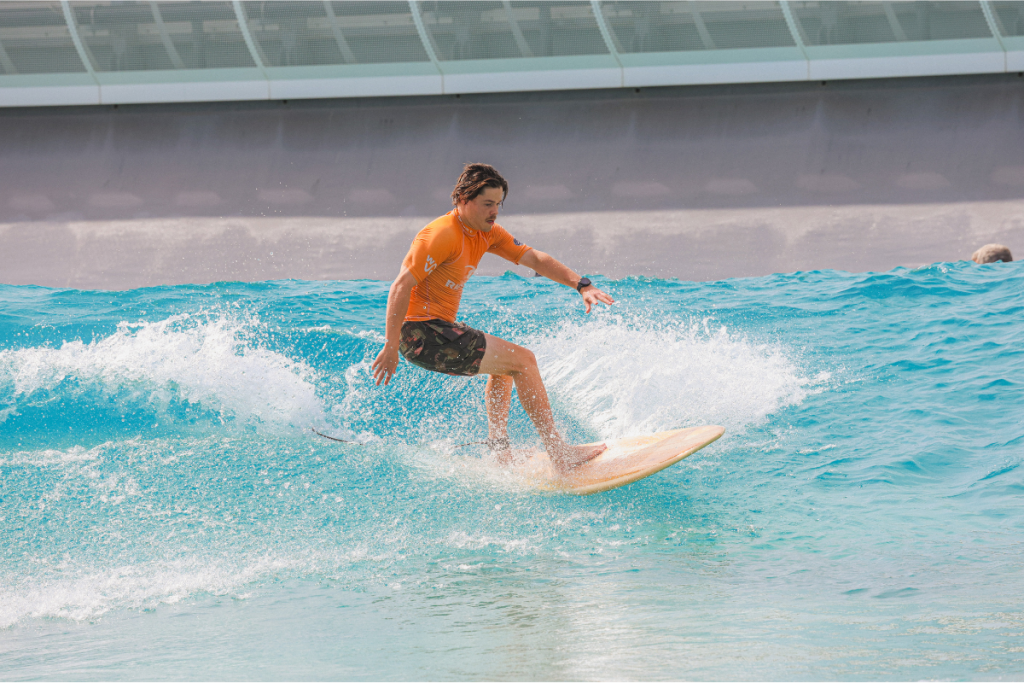
Several contradictory narratives about the impact of surf parks on the experience of surfing in the ocean circulate in the online surfosphere. Anyone who follows media and commentary about surf parks will be familiar with the following positions being argued loudly by different sides of the same issue:
- Surf parks will mean more surfers at your local surf break
- Surf parks will ease pressure on your local surf break
- Surf parks will cause surf tourism destinations to become more crowded
- Surf parks will reduce pressure on international surfing destinations
- Surf parks will dramatically increase the carbon footprint of surfing
- Surf parks will dramatically lower the global carbon footprint of surfing
This year I thought I’d test the waters of these topics in the Consumer Trends Survey and ask some questions about surf park use and whether surf parks have begun replacing traditional surf trips. My intuition is that they have or will. Why? This is true of my own situation. Historically my surf trips were taken as a single man, solo, to remote destinations usually in Indonesia, and over significant time periods. Two months always seemed like a good length to me. Not too long, but long enough to forget you had to go home.
My wife and kids are the joys of my life but were also the death of my two month surf trip agenda. My kids are at the age (7 & 12 this year) where they want to surf but would prefer not to get hit by stingrays. Wife is also keen to take lessons in a safe environment but will not abide cold water. This has translated to Costa Rica for us, and thankfully I’m the only one who has been hit by a stingray there. But it is expensive for us with four airfares to cover.
Now, if we could drive just a couple of hours to a surf park/resort destination (saving us a day of travel at either end of a trip) with warm weather and water and some additional activities for the kids (e.g. lazy river, pool, skate park, hiking, restaurants, movie theaters, etc.) with guaranteed waves to suit each family member’s skill level – which includes absolute beginners, intermediate and advanced – that is a substitution I think we are ready to make. That is my use case but I’ve been wondering about the wider market. Is it just me or are others thinking similar things?
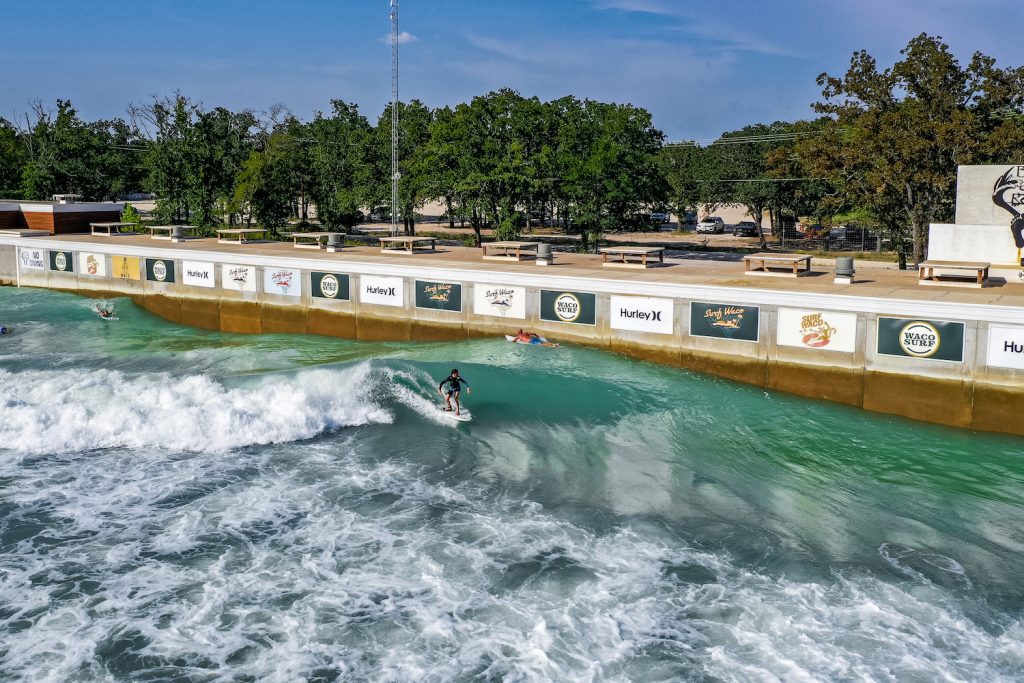
I peeked at the Surf Park Consumer Trends data this week when just over 3,800 responses had been collected. I’m going to dive into the cross tabulations across demographics and user groups for the report that comes out of this survey once it is complete and outline all the key results at Surf Park Summit, but even at first glance at the raw data, a few things jumped out.
Turns out I’m not alone. In fact, I’m already lagging behind surf park travel behaviors.
Across the 3,800 responses collected so far, 45% have visited a surf park. Of the 45% who have visited a surf park, 62% have visited more than once in the past 12 months. 37% have visited five or more times in the past 12 months and 17% have visited 10 or more times.
Surf Park Visitors’ Number of Visits to a Surf Park in the Past 12 Months n=1560
Of those who have already visited a surf park, 39% are likely or very likely to substitute a visit to a surf park for a standard surf trip in the next 12 months, while 38% are unlikely or very unlikely, and 23% are unsure. The data suggests that the population of surf park visitors is almost evenly split between those who would substitute a traditional surf trip for a surf park visit in the next 12 months and those who wouldn’t. But what about actual behavior? It is far more reliable than anticipated behavior as a predictor of future behavior.
Of the 45% of respondents who have visited a surf park, 37% of them have already chosen to visit a surf park instead of taking a standard surf trip. Of that group, and we still have a healthy sample size of 581 representing around 16% of the total sample, 67% had replaced more than one conventional surf trip with a surf park visit in the past 12 months.
Number of Standard Surf Trips Replaced by Surf Park Visits in the Past 12 Months n=581
So, let’s be clear about what the data are showing: 16% of the global population surveyed have substituted a surf park trip for a traditional surf trip in the past 12 months. 11% have replaced two or more traditional surf trips with surf park visits in the past 12 months. 🤯
I was not expecting these results. They may change as more responses come in and their significance may shift as I dig into the cross tabulations. But wow! With an estimated 50 million surfers worldwide and even more aspirational surfers waiting for access to opportunities this data suggests a shift in global surf travel patterns with significant implications.
It would seem that those with experience in the surf travel retail, wholesale, and rental markets may want to consider developing relationships with surf parks. Surf park developers may want to consider this surf trip substitution market in its offerings seasonally. Surf forecasting service providers may want to inform the customers of the travel retailers of optimal timing for surf park travel (in between ocean swells) and perhaps move into the booking space as well.
Opportunities for strategic and collaborative marketing between surf parks and surf destinations may prove advantageous. An angle I’ve been suggesting for some years seems supported by this data as well – relationships between surf parks and conservation entities focussed on surf break protection, there appears to be much to be gained by allowing surf park visitors to engage with coastal and marine conservation efforts as surf parks claim market share from surfing destinations and simultaneously create new markets for those same destinations (stand by for conservation attitude data from this survey – spoiler, the market wants this).
For surf hardware providers, the crossovers are real – surfboard quivers offered across surf resorts and surf parks. Wetsuits and in-water surfing apparel across these genres of surfing. Surf coaching and video capture and analysis (and sharing) – wait for the data on the importance of high-quality coaching in surf parks and how that relates to performance in surfing destinations.
I think the implications of this new data are really interesting, the ideas above are just the tip of the iceberg, but what we can say is that surfers are using surf park experiences as not just an addition to their normal surfing lives, but as a substitution for the traditional domestic and international surf trips they have taken historically. This is something we’ve speculated might happen with surf park experiences, but we’ve not previously had the data to support the hypothesis. Now we do.
This was just a preliminary, 5-minute peek at the 2024 Surf Park Consumer Trends data before all the data is in. We’re on to something here. Surf Park Summit attendees will be privy to the preliminary data in full, and all Insiders members will have steeply discounted access to our analysis across different user groups and demographics.
What do you think the implications are? We would love to hear your opinions.


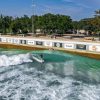
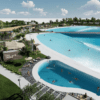
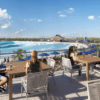


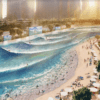
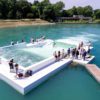



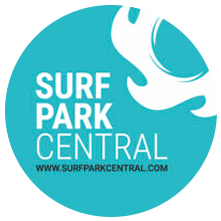


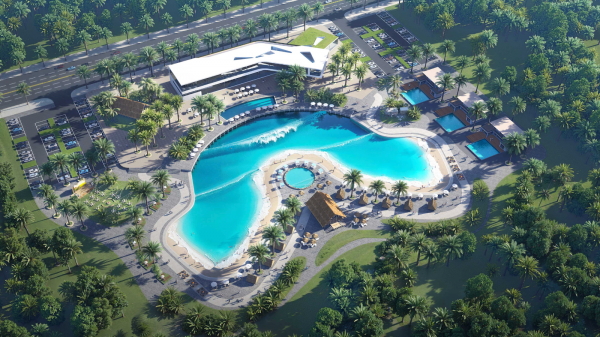

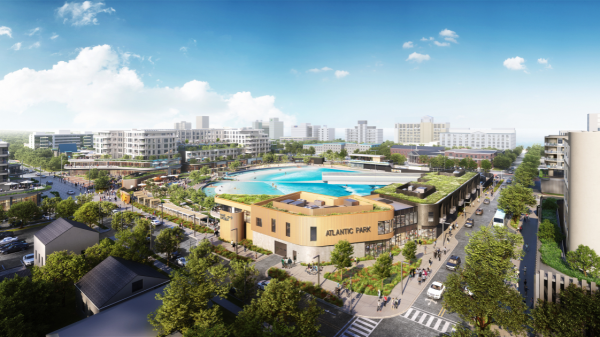

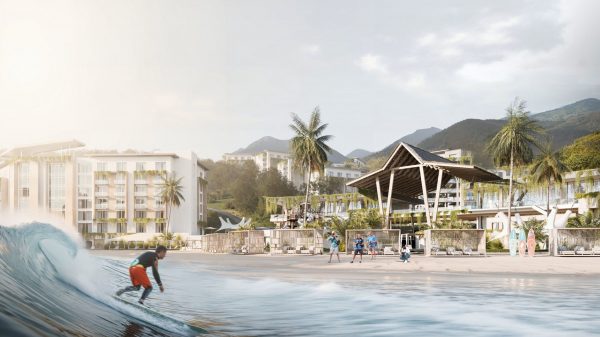

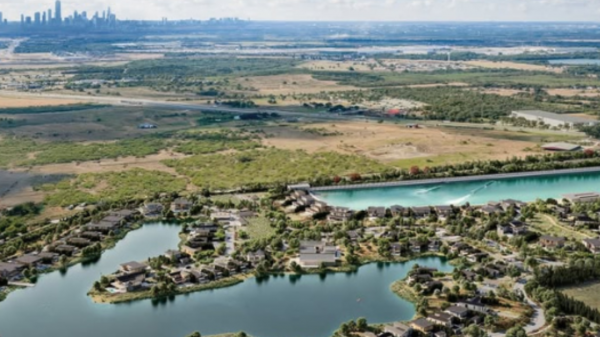
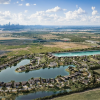
You must be logged in to post a comment Login